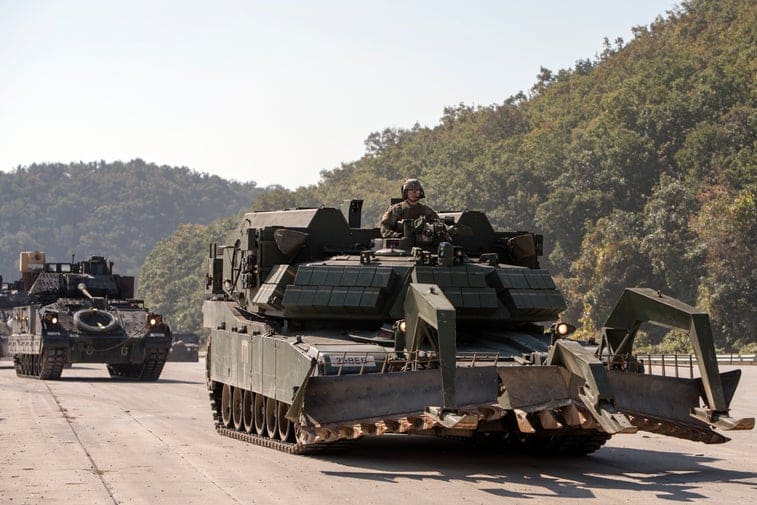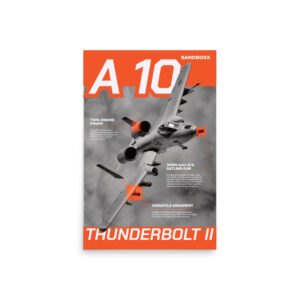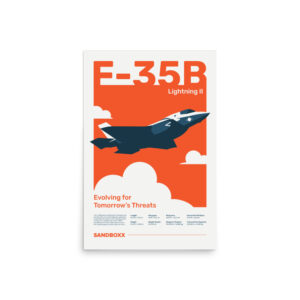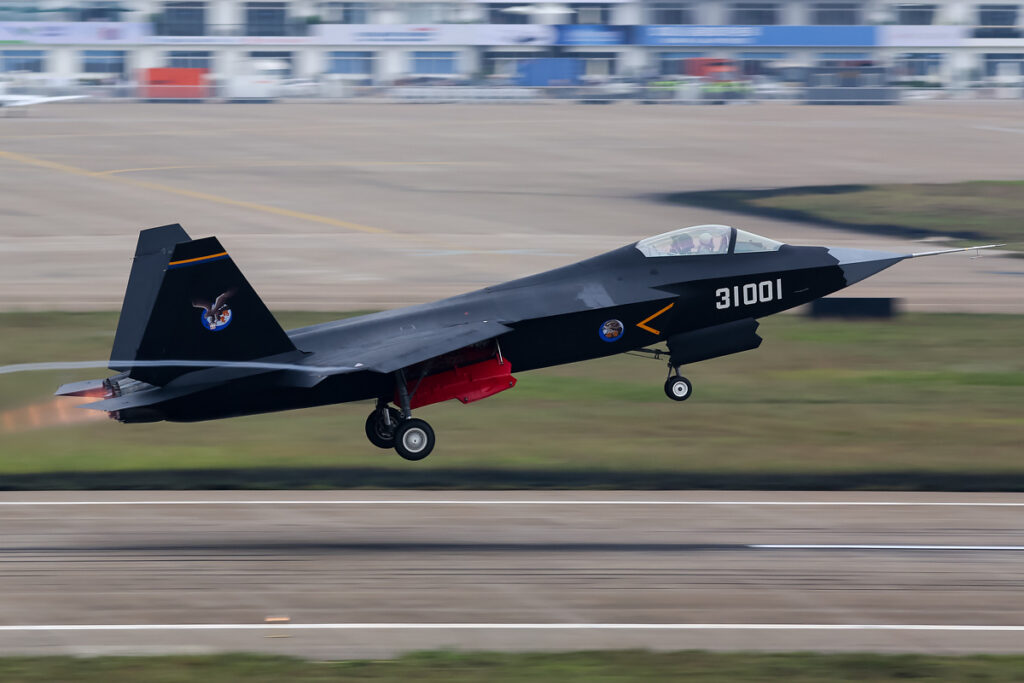Please, stop calling these other vehicles tanks
- By We Are the Mighty
Share This Article

Look, we get it. It can be hard to write about the military. What’s the difference between soldiers, troops, and service members? Are Coast Guardsman sailors? Are they Navy personnel at all? Do those guys really prefer to be known as “seamen?”
There’s a lot of terminology to get straight, but still, it’s not that hard. And, frankly, we’re tired of seeing anything with more than 2 inches of armor being described as a “tank.” So, here’s a quick primer on America’s only current tank — and a whole bunch of armored vehicles that are not tanks:

(U.S. Army Sgt. Juana M. Nesbitt)
First, the only current American military vehicle that is actually a tank: the M1 Abrams Main Battle Tank. The first ones rolled out in 1976, but numerous upgrades have been made since. The modern M1A2 SEPV3 has ceramic armor made from depleted uranium and fires a 120mm cannon with everything from high explosive rounds to sabot. Sabot rounds are fast-flying darts that exit from the main gun.
Thousands of them exist in the U.S. arsenal and hundreds more are in service around the world, mostly in places like Saudi Arabia, Kuwait, and Australia. It’s easy to pick out because of its large size, free-moving turret with a large gun, and the massive tank treads that propel it across the ground.

(U.S. Army Arkansas National Guard)
Next, the Paladin. This is probably the most convincing of the non-tanks out there. It’s significantly smaller than the Abrams and weighs less than half as much, but it is large, propels itself on two big tank treads, is well-armored, and has a big gun.
But it’s the gun and the mission that makes this artillery instead of a tank. The 155mm howitzer is made to primarily fire in an indirect fire mode, arcing the shells over the battlefield instead of engaging directly, like an Abrams. Its armor and speed also aren’t really up to snuff for direct combat.
You can differentiate it from a tank by focusing on the arm that supports the cannon barrel, the smaller size, and the reduced armor. Especially important is the lack of explosive reactive armor, the boxy armor panels on the skirts of Abrams tanks.

(U.S. Army Spc. Esmeralda Cervantes)
Bradley Infantry Fighting Vehicle
Confusing a Bradley Infantry Fighting Vehicle with a tank is pretty reasonable. It’s armored, propels itself on two tracks, and is often seen with the explosive reactive armor common on Abrams. It even has a free-turning turret like a tank and fights on the frontlines.
But the difference comes in the vehicles’ mission and the size of the main cannon. Bradleys have lighter armor and a much smaller gun, typically 25mm compared to the Abrams’ 120mm. They’re made to move quickly on the battlefield and carry up to 8 infantrymen into combat, though other variants drop the infantry carrying capacity to serve other missions, instead.
To differentiate it from the Abrams, focus on the size, reduced armor, and the much smaller gun.
The M113 armored personnel carrier is the predecessor the the Bradley. It, also, is not a tank. It’s smaller, has less armor, and lacks a turret.

(U.S. Army Sgt. Patrick Eakin)
M1150 Assault Breacher Vehicle
The M1150 Assault Breacher Vehicle is based on the M1 Abrams, so getting mixed up makes sense. But M1150s lack the 120mm main gun of an Abrams.
They boast some kind of large plow on the front instead, usually a 15-foot-wide, bulldozer-like plow, but sometimes they’re seen with other mine-clearing equipment. They’re also equipped with a mine-clearing line charge, or MICLIC, that fires from the turret.

(U.S. Marine Corps Lance Cpl. Christine Phelps)
Amphibious Assault Vehicle
These monstrosities are pretty sweet. They’re swimming armored vehicles with treads and the ability to carry up to 25 combat-equipped infantrymen (nearly always Marines).
But their primary offensive armament is a .50-cal. machine gun or a 40mm grenade launcher, a far cry from the cannons used on tanks, especially the 120mm on the Abrams. They also have armor that’s perpendicular to the ground, something that tank designers avoid in key areas since it helps the enemy round penetrate during fights.

(U.S. Navy Petty Officer 1st Class Daniel Barker)
LAV-25
This is another armored vehicle that swims across open ocean. Used primarily by the U.S. Marine Corps, it has a 25mm chain gun and some light armor, but it’s still underpowered and underarmored compared to main tanks.
But the easiest way to tell the LAV-25 from a tank is that it has rubber road wheels instead of metal ones on treads. In fact. lots of armored platforms that are sometimes described as tanks are rolling on rubber road wheels, something tanks don’t do.
So, just like the LAV-25, Army Strykers are not tanks. Nor are any of the lighter vehicles, like humvees, MRAPs, or M-ATVs.
If all of this leaves you wondering what, exactly, a tank is, well, sorry — it’s changed over time. But modern tanks are typically heavily armored vehicles with large guns, rotating turrets, and treads. They’re designed to engage in direct combat with other forces, including enemy armor, by using their armor and the terrain for protection while firing their main gun as their primary offense.
When dealing with anti-tank infantry, they may rely more heavily on their machine guns, but many countries field shotgun-like ammo for their tanks for this scenario.
If it doesn’t fit all of these categories, it’s almost certainly an infantry fighting vehicle, self-propelled artillery, or a similar platform.
This article by Logan Nye was originally published by We Are the Mighty.
Related Posts
Sandboxx News Merch
-

A-10 ‘Thunderbolt Power’ Poster
$22.00 – $28.00 Select options This product has multiple variants. The options may be chosen on the product page -

F-35 ‘Lightning’ Poster
$22.00 – $28.00 Select options This product has multiple variants. The options may be chosen on the product page -

F-35 ‘Evolution’ Poster
$22.00 – $28.00 Select options This product has multiple variants. The options may be chosen on the product page
We Are the Mighty
Related to: Military Affairs

The CIA used miniature models to meticulously plan high-stakes operations

Video: How good is China’s new stealth fighter?

Who dares wins: The importance of defeat in being successful

Marines deploy new system to take out ships in the Pacific
Sandboxx News
-

‘Sandboxx News’ Trucker Cap
$27.00 Select options This product has multiple variants. The options may be chosen on the product page -

‘AirPower’ Classic Hoodie
$46.00 – $48.00 Select options This product has multiple variants. The options may be chosen on the product page -

‘AirPower’ Golf Rope Hat
$31.00 Select options This product has multiple variants. The options may be chosen on the product page -

‘Sandboxx News’ Dad Hat
$27.00 Select options This product has multiple variants. The options may be chosen on the product page
